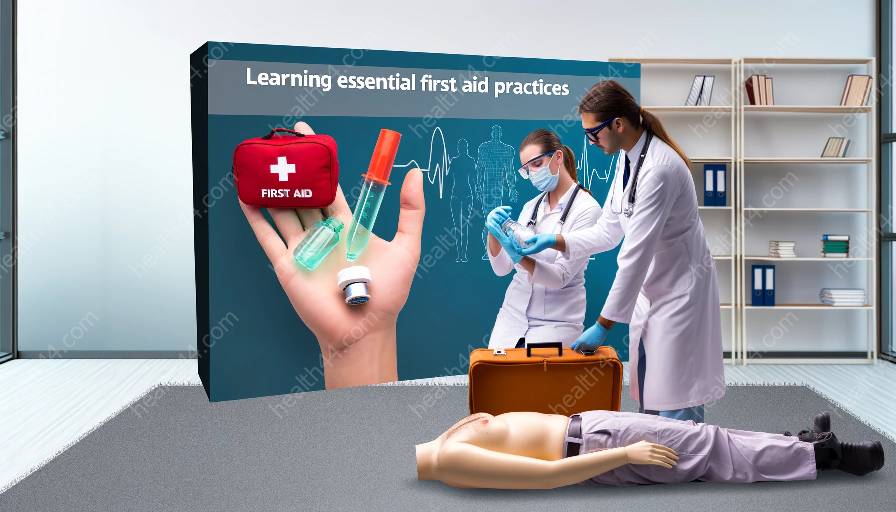Welcome to our comprehensive guide on fracture management, where we'll explore effective methods for treating fractures and preventing further injury. In this topic cluster, we'll cover essential information related to first aid, health education, and medical training.
Understanding Fractures
A fracture is a break or crack in a bone that can occur due to various reasons such as trauma, overuse, or medical conditions. Fractures can be classified into different types, including:
- Simple (closed) fracture: The bone breaks but doesn't pierce the skin.
- Compound (open) fracture: The broken bone pierces through the skin, leading to a risk of infection.
- Greenstick fracture: A partial crack in the bone, commonly occurring in children.
- Comminuted fracture: The bone is broken into several pieces.
Fracture Management Techniques
When dealing with a suspected fracture, it's crucial to provide immediate first aid while awaiting medical assistance. Here are the steps to follow:
- Assess the situation: Check for potential hazards and make the area safe for both the victim and yourself.
- Assess the victim: Identify signs of a fracture such as severe pain, swelling, deformity, and inability to use or bear weight on the injured limb.
- Stabilize the fracture: Immobilize the injured limb using a splint or improvised materials to prevent further movement and minimize pain.
- Seek medical help: Call emergency services or transport the victim to the nearest healthcare facility for professional evaluation and treatment.
First Aid for Fractures
Proper first aid for fractures can significantly improve the outcome for the victim. Essential first aid measures for fractures include:
- Immobilization: Support the injured limb in the position it was found using splints or clothing to prevent movement.
- Elevation: Elevate the affected limb to reduce swelling and alleviate pain.
- Cold compress: Apply a cold pack or improvised cold compress to the injured area to minimize swelling and discomfort.
- Pain management: Offer over-the-counter pain relief or follow medical advice to alleviate the victim's pain.
Preventing Fractures
Education and awareness play a vital role in preventing fractures. It's important to promote safe behaviors and practices to reduce the risk of injuries. Key preventive measures include:
- Regular exercise: Strengthening bones and muscles through regular physical activity can reduce the risk of fractures.
- Proper nutrition: Consuming adequate calcium and vitamin D can help maintain bone strength and prevent fractures.
- Fall prevention: Implementing safety measures at home and in public spaces to minimize the risk of falls, especially among older adults.
- Personal protective equipment: Using appropriate safety gear and equipment in various activities such as sports or work to minimize the risk of fractures.
Medical Training for Fracture Management
Healthcare professionals and first responders undergo extensive medical training to effectively manage fractures. This training encompasses:
- Assessment and diagnosis: Learning to recognize and assess different types of fractures through physical examination and diagnostic tests.
- Immobilization techniques: Practicing the application of splints and immobilization devices to stabilize fractures effectively.
- Emergency care: Acquiring skills to provide immediate care and first aid while ensuring the victim's safety and well-being.
- Follow-up care: Understanding the importance of post-fracture care, including rehabilitation, physical therapy, and monitoring for complications.
Conclusion
Effective fracture management is essential for reducing pain, promoting healing, and preventing long-term complications. By integrating first aid measures, health education, and medical training, individuals and healthcare professionals can contribute to better outcomes for fracture victims. Remember, immediate action and proper care can make a significant difference in the recovery process.



